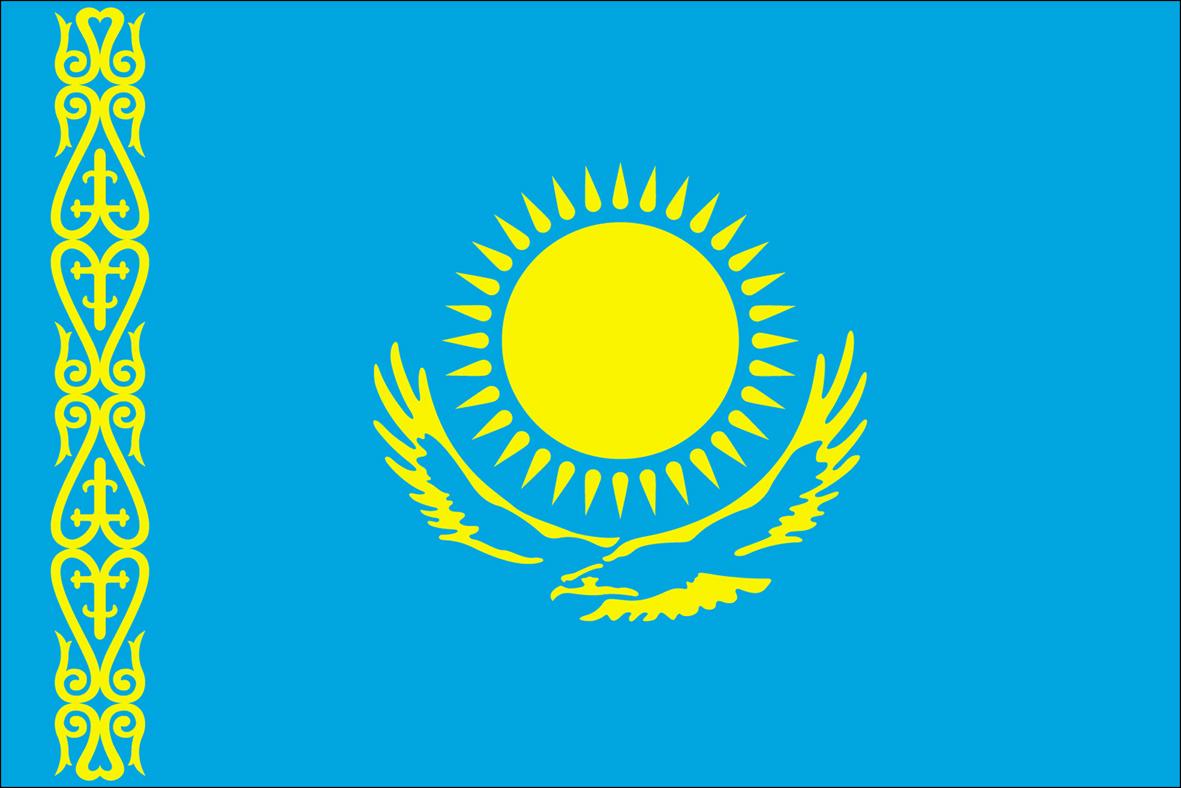Lumbini, the birthplace of Lord Buddha
After the birth of Buddhism, the new religion quickly spread to large parts of Central, South and Southeast Asia. Lumbini, the birthplace of the Buddha, was a very important pilgrimage destination from the 3rd century BC onwards. A pillar with an inscription erected by the Mauryan Emperor Ashoka in 245 BC identifies the spot where the Buddha was born. Lumbini was densely populated and much visited until the early Middle Ages. However, the site was concealed by a forest from the fifteenth or sixteenth century onwards. After its rediscovery in the late nineteenth century, Lumbini again became a major destination for pilgrims, and further exhaustive excavations took place in the 20th century.




